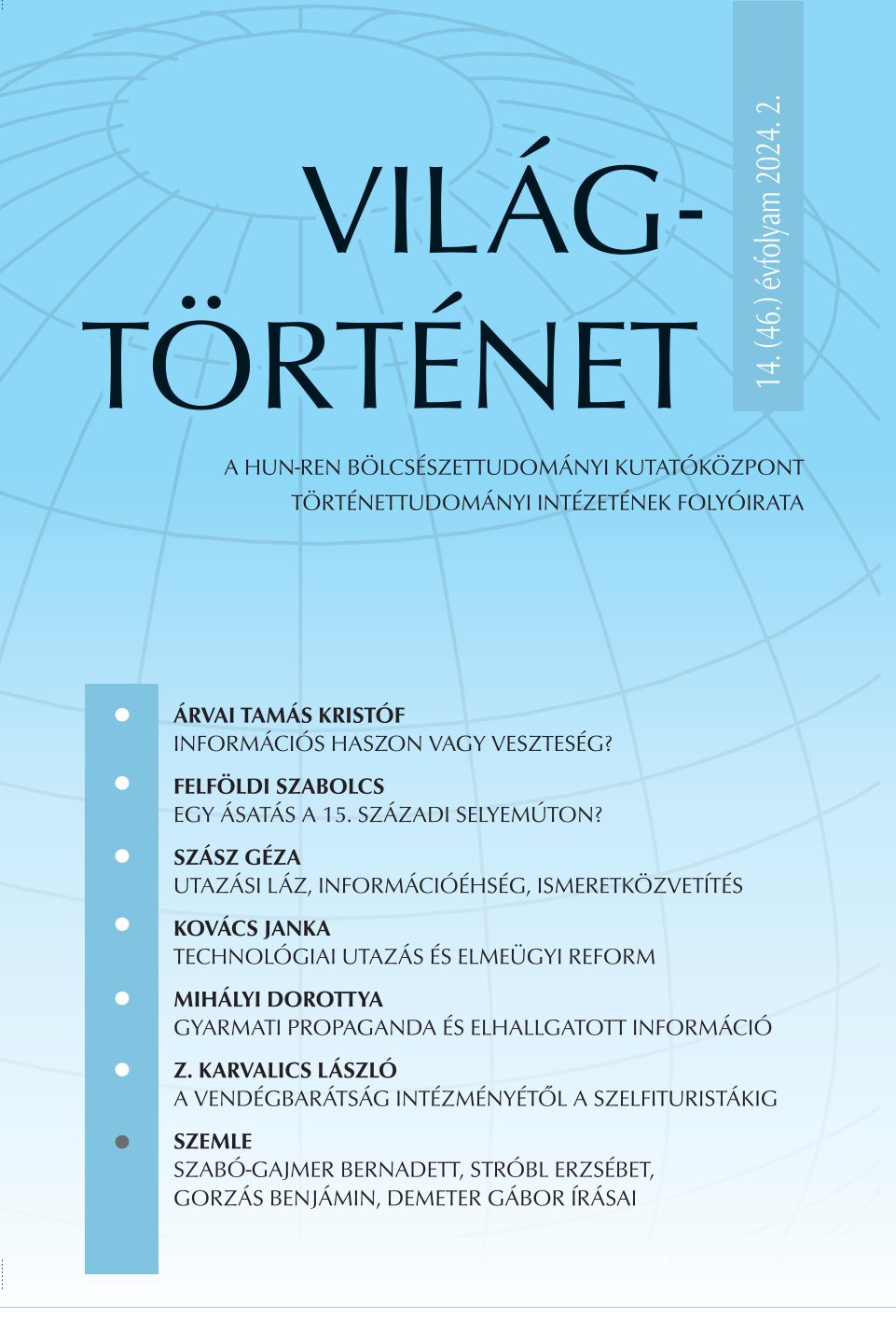Technológiai utazás és elmeügyi reform. A pszichiátriai intézményesülés lehetőségei és mintái a 19. századi Magyarországon
Technological Travel and Mental Health Reform: The Possibilities and Models of Psychiatric Institutionalization in Nineteenth-Century Hungary
Author(s): Janka KovácsSubject(s): 19th Century
Published by: Magyar Tudományos Akadémia Bölcsészettudományi Kutatóközpont Történettudományi Intézet
Summary/Abstract: The discourse regarding the establishment of state-funded asylums delivering care to individuals diagnosed with psychiatric illnesses was prevalent in the Hungarian medical community as early as the turn of the eighteenth and nineteenth centuries. Institutionalization, despite being a subject of discourse in journals, academic literature, and popular medical books, due to various factors discussed in this article, did not yield any results until the second half of the nineteenth century, when the Royal National Asylum was opened at Lipótmező in 1868. During the nineteenth century, beyond the dissemination of “bookish” theoretical knowledge through various channels in Hungary, scientific and technological travel became a strong driving force behind the institutionalization process, as they emerged as a significant tool for empirical learning and observation. The article approaches the possibilities and limitations of psychiatric institutionalization and mental health reform in Hungary from two key perspectives. Firstly, it delves into the factors – stemming from the social and political landscape of Hungary and the medical community’s lack of interest and awareness – that impeded the institutionalization process. Secondly, it explores travelogues and their medial contexts. Ferenc Schwartzer, Emil Schnirch, and Károly Bolyó, all three of them significant actors in the professionalization of Hungarian psychiatry, visited foreign asylums in 1848, 1861–1862, and 1863–1865, respectively. Their explicit aim was to transfer the technologies of equipping and managing psychiatric institutions and to adopt modern therapeutic knowledge. Their efforts significantly contributed to implementing new methods in the newly established private and state-run asylums. Furthermore, their work advanced discussions on mental health reform in Hungary, extending beyond the mere establishment of a central public institution.
Journal: Világtörténet
- Issue Year: 2024
- Issue No: 2
- Page Range: 257-281
- Page Count: 25
- Language: Hungarian

